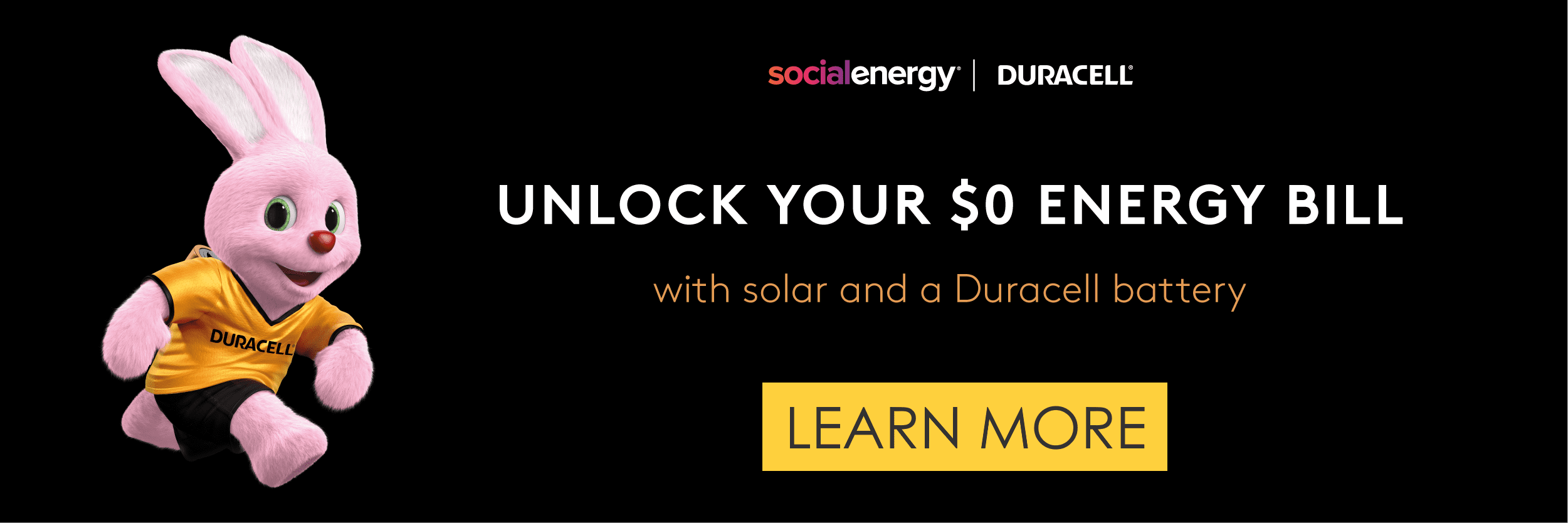Solar power battery storage is without a doubt the future. Let’s have a look at why this is the case and the products that we recommend.
Why Solar Battery Storage?
First off we need to look at why we would consider installing expensive batteries in the first place. One of the main reasons can be found in the following graph:
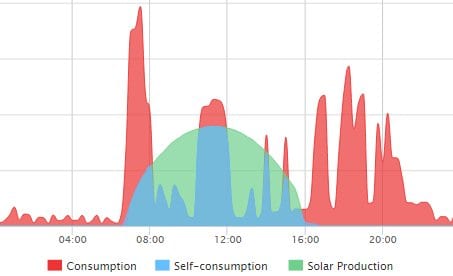
Typical household power consumption
Maximise Solar Power Savings: As can be seen from the graph above most of the power is usually consumed when the solar isn’t producing. For example, you can see at breakfast before the sun really gets up and in the evening when the sun has set, so a standard solar power system cannot really cover this consumption. Most of the solar power produced during the day is actually in the green section and is surplus to the homes requirements so it is sent back to the grid at a very low rate. To best maximise the solar power it really needs to be stored so it can be consumed when it is really required, not necessarily when it is generated.
Backup Power: Nobody likes being without power, and with a normal grid-connected solar power system if there is a blackout or brownout and power is not available from the street the solar power system will shut down as well. The system shuts down because the solar inverter is a grid connect inverter, it needs to see the grid to function. With most hybrid solar inverters and with the Tesla Powerwall it’s possible to have backup power from the battery storage and solar panels. This is an awesome feature as when the grid is down your batteries will power your home, providing you with additional security and energy independence. No more spoilt food because of a fridge or freezer is without power during a blackout!
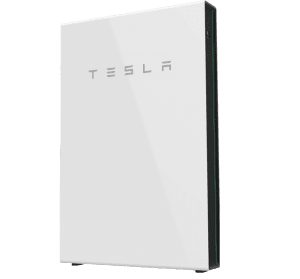
Is Tesla Powerwall the right Battery for you?
If you listen to the media you could be forgiven for thinking that Tesla Powerwall is the only solar power battery storage device available.
This however is far from the truth, there is quite a range of solar power batteries available on the market. It’s actually quite possible another battery may be a better fit for your needs. There is no “one size fits all” battery for every situation, just like a solar power system the battery storage system that we recommend for you really depends on your unique requirements.
Let’s have a look at some of these unique requirements and the options recommended by Gold Coast Solar Power Solutions. Quality components from established and trusted manufacturers are what we are looking for.
Let’s check out the battery storage options we recommend and their Pros and Cons.
Tesla Powerwall
Tesla Powerwall is a great quality, large capacity lithium battery with an inverter built in to charge and discharge the battery as required. It’s not a hybrid solar inverter so it does still require a solar inverter to work with solar panels. The great thing about the Tesla PowerWall is that it will work with any existing solar power system. Whether single phase or three-phase supplies the Tesla Powerwall can be installed and then provide backup power to one phase of your property. For more information on Tesla Powerwall click here.
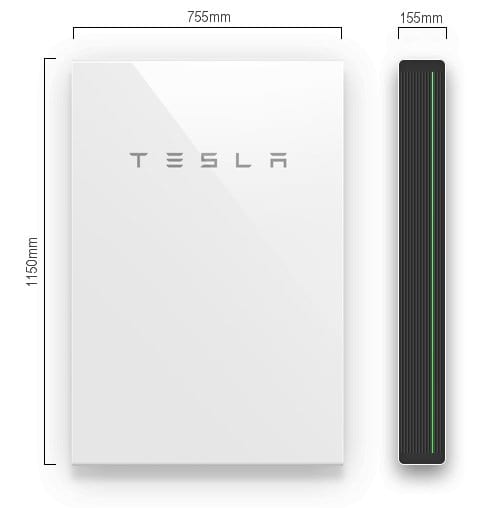
Tesla Powerwall Pros:
- Large usable capacity, 13.5 kWh
- High Power Output, 7 kW peak, 5 kW continuous
- Long 10 Year Warranty
- Wall mount or floor mount
- Expandable, up to 10 Powerwalls for 135 kWh of storage!
- Compatible with all existing and new solar power systems
- Compatible with both single and three-phase supplies
- Single-phase backup power available in cases of power failures
Tesla Powerwall Cons:
- Large usable capacity of 13.5kWh may be a larger capacity and more expensive than required
- Not a solar inverter, this is required separately
- AC coupled system, not as efficient as DC-coupled systems
- Cannot provide 3 phase backup power
- Cannot be charged in backup mode by a 3 phase solar inverter
Thoughts on the Tesla PowerWall
Tesla PowerWall is a fantastic battery storage system that will work great with most customer requirements. The only real drawback however is that it may be a larger battery than you require, so you may be paying for more storage than you really need. For more information on Tesla Powerwall click here.
SolarEdge StorEdge Hybrid Solar Inverter
If you are after a new solar power system with battery storage and backup capability a great way to go is a SolarEdge StorEdge hybrid solar inverter. When installed with an EPS (Emergency Power Supply) box this system can provide backup power in the case of a power failure.
SolarEdge StorEdge Hybrid Inverter Pros:
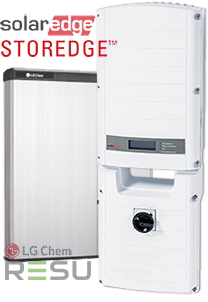
- All the benefits of the SolarEdge module level optimisation as can be found here
- 5 kW or 6 kW rated hybrid solar inverters
- HV (High Voltage) battery
- DC coupled system, more efficient than AC coupled systems
- Long 12 Year Warranty
- Works on 3 phase as well as single-phase properties
- Single-phase backup power available in case of power failure with EPS box
SolarEdge StorEdge Hybrid Inverter Cons:
- Only available in single-phase models, 3 phase backup power is not possible
- Currently only compatible with LG Chem 9.8 HV battery, so limited battery choices
- More expensive than some other options (although does have additional benefits)
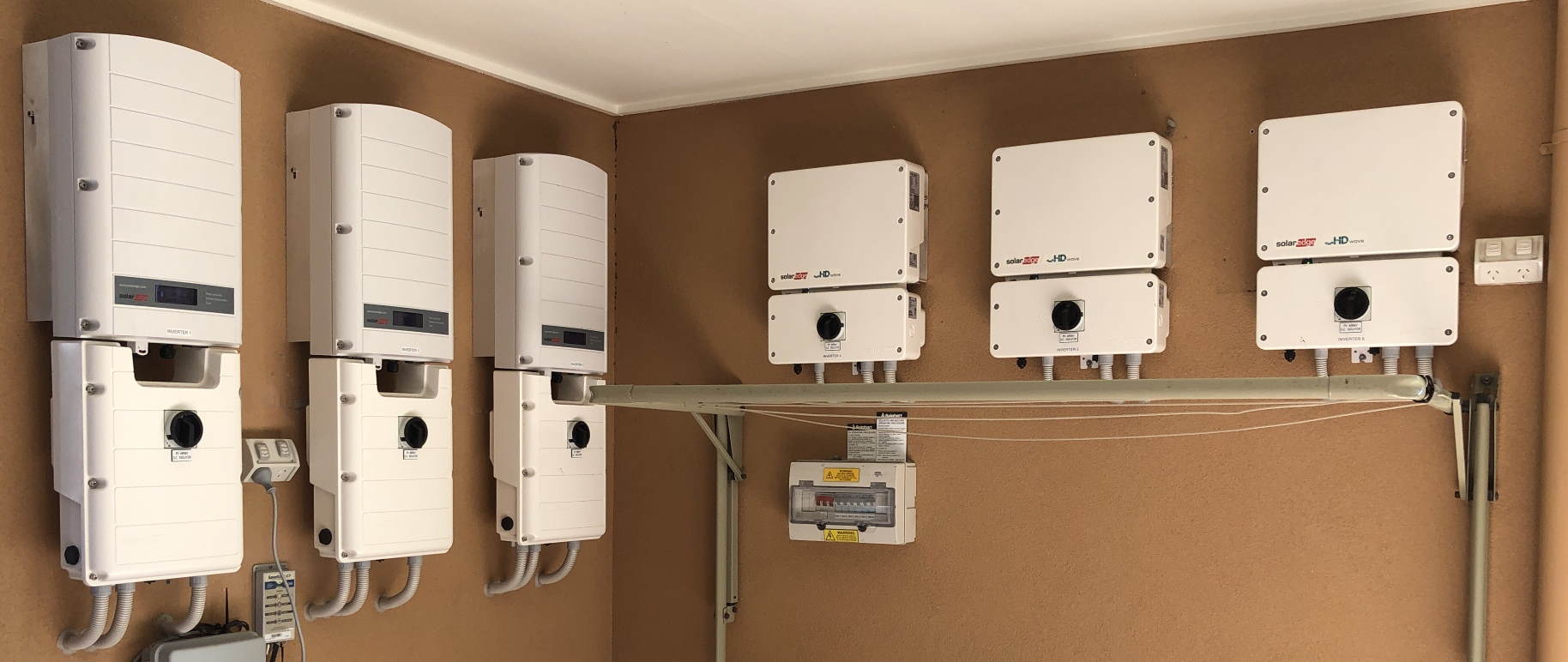
Thoughts on the SolarEdge StorEdge Hybrid Inverter
If shading is an issue, you have panels to be installed over multiple roof aspects or you’re just after the very best solar power system with battery storage available we recommend the SolarEdge StorEdge inverter with the LG Chem 9.8kWh HV battery. The StorEdge inverter comes standard with a 12-year warranty and the SolarEdge optimisers installed on the solar panels come standard with a 25-year warranty. A very efficient, quality system with a great monitoring portal which is explained in the following video.
SolaX Hybrid Solar Inverter
If you are after a new solar power system with a storage battery and backup capability a great way to go is a SolaX hybrid solar inverter. When installed with an EPS (Emergency Power Supply) box this system can provide backup power in the case of a power failure. As the SolaX hybrid inverter is separate to the batteries you can choose a battery storage option that best suits your requirements.
SolaX Hybrid Inverter Pros:

- 4.6 kW rated solar inverter
- 2.5 kW battery output standard, 5 kW battery output possible (with 5kVA BMU)
- 5 Year Warranty
- DC coupled system, more efficient than AC coupled systems
- Large range of battery models and sizes possible to meet your unique requirements
- Single-phase backup power available in case of power failure with EPS box
Solax Hybrid Inverter Cons:
- Not rated to be installed outside
- Does not work correctly with 2 or 3 phase power, unless you have 1 on each phase!
Thoughts on the SolaX Hybrid Inverter
The SolaX Hybrid solar inverter is a great inverter if you are looking at a new solar power system with battery storage, and you can connect it to a battery that perfectly matches your requirements. We only recommend this inverter if you have a single-phase supply at your property however SolaX are releasing 3 phase hybrid inverter models in the near future. We recommend batteries from BYD, DCS, and LG to go with the SolaX Hybrid inverter.
Single Phase Battery Storage Retrofit with Goodwe BP Charger
If you have an existing solar power system and are looking at adding battery storage to it but you’re not too worried about having backup power during a blackout then the Goodwe BP Charger may be an option for you.
The Goodwe BP Charger is an innovative system with a unique way to help you maximise your self-consumption of solar power. It actually connects to the solar panels before your existing inverter and redirects any surplus solar power to the battery before it gets to your solar inverter. In the evening when you are using power after the sun has set the Goodwe BP Charger will actually start feeding power from the battery into your existing solar inverter to power your home – your solar inverter will be working into the night!
Goodwe BP Charger Pros:
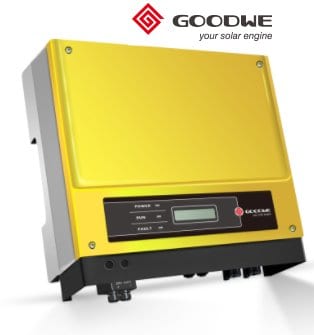
- 2.5 kW rated battery charger
- Cheapest storage retrofit available
- Compatible with the majority of existing solar inverters
- DC coupled system, more efficient than AC coupled systems
- 5 Year Warranty
- Large range of battery models and sizes possible to meet your unique requirements
Goodwe BP Charger Cons:
- Only compatible with single-phase properties
- Requires existing solar inverter
- Can only take one input from your solar power inverter (usually this wouldn’t be a problem)
- No backup power in a black out
Thoughts on the Goodwe BP Charger
This is a very innovative product which works very well on most single phase existing solar power systems and is a cost effective way to get into solar power storage. Just be aware that if the grid goes down you will still lose power – and I just hate the idea of sitting in the dark during a blackout next to a charged battery I can’t use! We recommend the Goodwe BP Charger be installed with batteries from BYD, DCS, GCL or LG.
True three phase backup with three phase power
For true 3 phase battery backup, that is a system that can provide backup power to small 3 phase loads in a power failure the only real option in the hybrid market is the Fronius SYMO Hybrid inverter. The Fronius SYMO Hybrid only works with the Fronius battery and is very high quality however is also very expensive.
Other potential options if true 3 phase backup power is required are with SMA Sunny Island products or Selectronic SP PRO inverters, but be warned, it is going to get very expensive very quickly.
The Batteries to go with the inverters and chargers
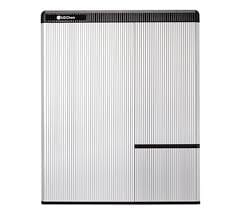
Lithium NMC (Nickel Manganese Cobalt) vs Lithium LiFePO4 (Phosphate) Battery Storage
Lithium NMC (Nickel Manganese Cobalt) cell technology is robust chemistry used in the batteries produced by LG and Tesla. Lithium Phosphate cells are used in both the BYD and DCS batteries. Please see the following lithium chemistry comparison table:
Lithium NMC (Nickel Manganese Cobalt) & Lithium LiFePO4 (Phosphate) Battery Comparison
| Lithium NMC | Lithium LiFePO4 | |
|---|---|---|
| Cheapest to produce | Lithium NMC | |
| Longest Life | Lithium LiFePO4 | |
| Safest Chemistry | Lithium LiFePO4 |
As can be seen above you can expect to pay a bit more for the LiFePO4 batteries but from that extra cost you get a battery with safer chemistry and you can expect a longer battery life compared to the Li NMC batteries. Either cell technology from a reputable manufacturer should perform very well for a long time to come.
So there we have it! There are lots of different options and variations available and points to take into consideration, there is certainly not a “one size fits all” solution when it comes to solar battery storage. Luckily for you, we are here to help! If you’re looking at solar power battery storage don’t hesitate to get in touch, we can ensure you make the right choice the first time.

